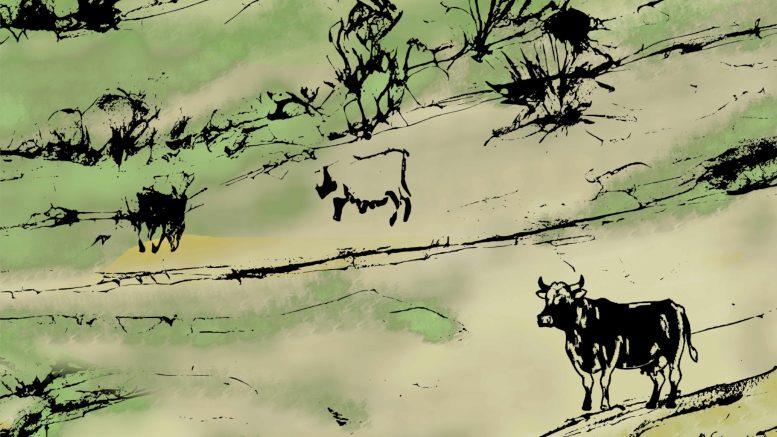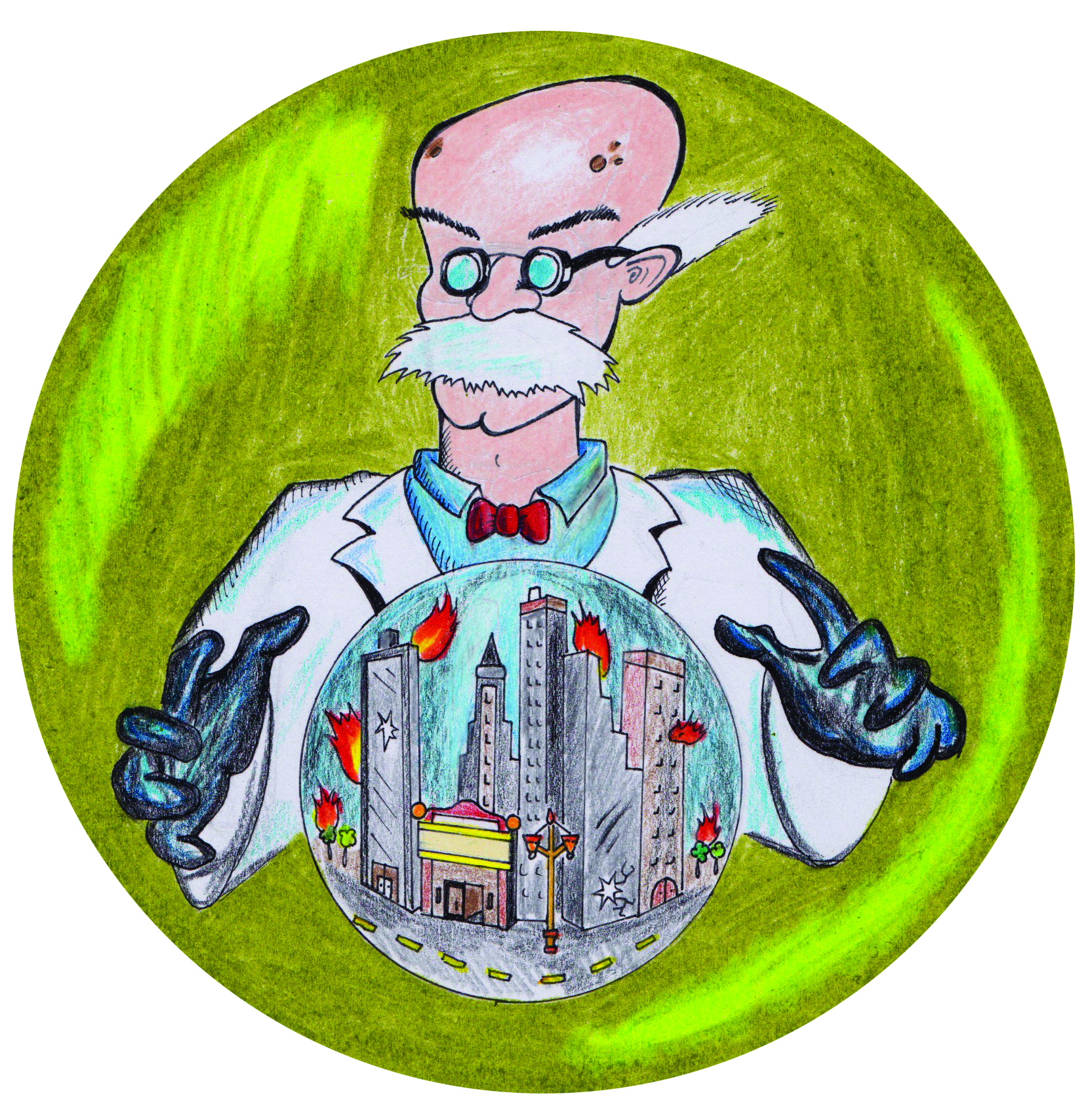Whoever first said, “you can’t make everyone happy, you’re not cheese,” got it wrong. Not even cheese can make everyone happy.
Earlier this month, a U.S. appeals court upheld a court ruling from a year prior affirming the decision of the U.S. Patent and Trademark Office (USPTO) on a 2015 application. The ruling stated that “gruyere” is a generic term, not tied — at least not any longer — to a specific locality and so denied the application for a certification mark.
The applicants included L’Interprofession du Gruyère, the group representing Swiss milk producers and cheesemakers, and Syndicat Interprofessionnel du Gruyère, the corresponding group in France. The fault, however, may lie with those groups themselves. Had they applied decades earlier, the geographical indication mark may have more likely been granted.
A difficult thing though, for a cheese that’s been made since 1115 in Switzerland’s community of Gruyères. Some may think that with the movement of people came the movement of cheese, and so the making of Gruyère crossed into France. But this may be too simple a statement. What we think of as Gruyère may in fact be far older, with texts dating back to 40 BCE detailing Roman methods of producing a cheese made the same way as a Gruyère.
Roquefort, in contrast, filed for certification in 1952 with the USPTO and gained its certification mark in 1953. Indeed, in the late 1950s the Franche-Comté region of France received Appellation d’Origine Contrôlée status for Comté cheese, and has since received a certification mark from the USPTO as well. Comté is also known as Gruyère de Comté and has no holes, much like a Swiss Gruyère.
Saying that North American consumers understand “Gruyère” to refer to a type of cheese makes for a difficult argument for any geographical indication, as the Gruyère region was hoping to achieve. Indeed, what is Roquefort except for a type of blue cheese? What is Jarlsberg except for a type of mild, cow’s milk cheese?
But as for Roquefort, everyone else can make a blue cheese. So, too, can a North American create a swiss cheese, needing only holes and falling into the Swiss tradition. A North American Gruyère is undoubtedly a swiss cheese, but a Gruyère in name alone.
The distinctions between the U.S.-made and Swiss-made Gruyère are significant, location aside. It must be aged a minimum of 90 days in the U.S., but at least five months in Switzerland. Additional guidelines for Gruyère in Switzerland include details on everything from cattle feed and milk delivery to the equipment used and height, diameter and weight of the finished wheels, which do not hold when making Gruyère in the U.S., and are different in France altogether.
The resemblances among these Gruyères is superficial, at best. The U.S.-made Gruyère can even use pasteurized milk! But the additional attention to detail of the Gruyère from the Gruyère region elevates the product and gives it a consistency unrivalled by others.
The result of all this is genericide. Diminishment by success. Dilution through notoriety. Notoriety through deliciousness. The loss of the quintessential. A spreading of the mundane.
And so it is that Roquefort is only cured in the caves of Roquefort, France. Jarlsberg cheese is produced in the U.S. only under license from Norwegian dairy farmers. Brie and Camembert? So too with cheddar, no longer from Cheddar, England. Gruyère? As with the Camembert: anywhere. Comté? A protected name.
But allowing regional names to persist allows for the flourishing of a rich, new vocabulary to describe the world of cheese that can build upon and branch from the rich, and regional, culinary history of cheese. It’s how we have Colby, from Colby, Wisconsin.
The delicate mind of this international cheese consumer is indeed confused and overwhelmed.
I cannot be alone in, on occasion, desiring the pungent nuttiness and sweetly sour fruitiness of a properly aged, deep golden wheel of the moon that can only be described as Gruyère.





